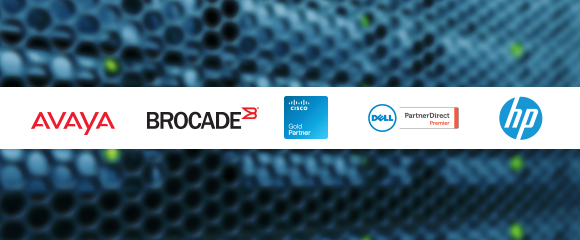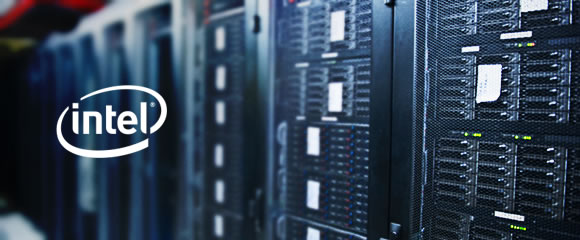1 min read
Increase data center flexibility, scalability, and efficiency
Software Defined Networking Like server virtualization before it, software-defined-networking (SDN) is gaining tremendous traction in the data...

It’s no exaggeration to say that success in business often comes down to network optimization. It’s a matter of efficiency – if you have a well-functioning network, your people can share data quickly and easily, and that means they’ll work more productively. Ultimately, that means greater profits. So it should come as no surprise that when corporate leaders start to reassess their IT budgets, they often choose to double down on investing in their networks.
In a lot of cases, the most common investment that companies make is to prepare themselves for new networking technology. Case in point: A Gartner survey recently found that by 2020, two-thirds of all organizations worldwide will have deployed 5G technology in the workplace. This new network standard holds great potential – with it, employees are able to tackle new initiatives like video conferencing and Internet of Things (IoT) communication channels.
One caveat, though – integrating these new technologies is sometimes easier said than done. Sylvain Fabre, senior research director at Gartner, cautioned that some organizations may not be ready for the challenges ahead.
“In terms of 5G adoption, end-user organizations have clear demands and expectations for 5G use cases,” Fabre said. “However, one major issue that 5G users face is the lack of readiness of communications service providers. Their 5G networks are not available or capable enough for the needs of organizations.”
Often, organizations need to take a hard look at their IT infrastructure before they can even begin implementing a new networking standard. Fabre identified edge computing, core network slicing, and radio network densification as new elements that IT often needs to have in place before they can upgrade effectively. Clearly, a big step like a 5G implementation isn’t something you can dive into unprepared.
On top of that, there’s a larger question to consider – do you even know what networking standard will benefit your employees most? Network World noted that depending on people’s specific needs, it’s sometimes best to adopt 5G, and at other times makes more sense to invest in Wi-Fi 6. The former is a cellular service that can cater to the needs of a wide range of mobile device users; the latter is a short-range wireless access technology. To know which would suit your organization better, you have to really know your people and their needs inside and out.
At Zones, we can help with all of that. We offer Network Design & Implementation services that are geared toward building future-ready networks for organizations that need them. If you need help with Wi-Fi planning as your company prepares to adopt 5G, we’re happy to work with you on that – we have a comprehensive process that includes understanding your environment, planning carefully and designing a strategy that will work for you.
The goal is to build an infrastructure that helps people store data, share it, and work more efficiently than ever. We design solutions that can make all of that happen, and we’re ready to get started with your organization next. Just say the word.
Ready to learn more about our Network Optimization offerings? You’re in the right place – just click below.
1 min read
Software Defined Networking Like server virtualization before it, software-defined-networking (SDN) is gaining tremendous traction in the data...

Software Defined Networking The Open Networking Foundation defines Software-Defined Networking as the physical separation of the network control...

Optimize the data center with Intel® 10GbE networking Explosive growth in virtualization is leading to an increasing demand for network performance.